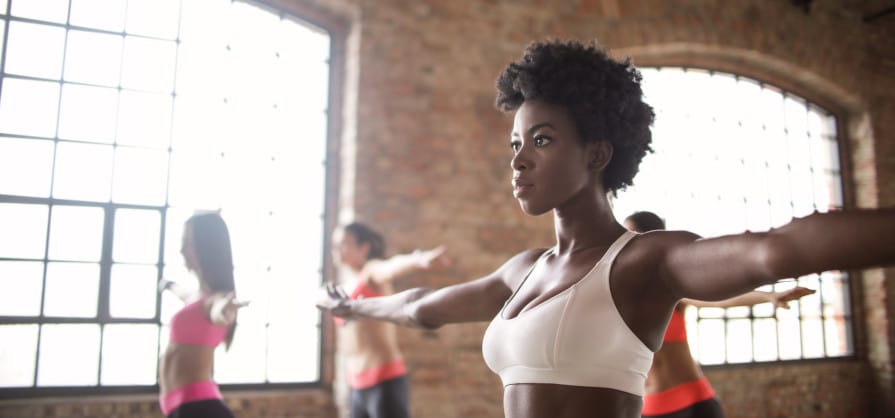Blog
ONLINE TRAINING
EXPERT TRAINERS
STUDY AT YOUR PACE
7 DAY SUPPORT

Exercise Highlight: What you need to know about neck strength and concussions
The neck consists of two main muscle groups – superficial muscles and deep muscles. Both groups perform similar functions, however, there are slight differences. To explain further, superficial muscles perform lateral flexion of the head, rotation of the head, and extend the neck backwards. Deep muscles act as a stabiliser within the body, perform lateral flexion of the head, rotation of the head, and lift the upper ribs.
It is important that the superficial and deep muscles are strengthened to reduce the risk of injury. For example, recent research has found that overall neck strength is one of the greatest predictors of concussion. It is believed that if an individual has a stronger neck, they will be at a lower risk of concussion or will experience symptoms that are of lesser severity.
Neck strength can be built with weekly training sessions. In these sessions, you may consider the inclusion of exercises such as:
- Chin tucks: Not only does this exercise stretch the scalene and suboccipital muscles, but it also increases spinal awareness. To begin this exercise, gently draw your head back while keeping your chin parallel to the floor. Following this movement, imagine there is a string pulling your head upwards, and actively elongate your neck. Repeat.
- Neck isometrics: Helping to maintain strength, isometric exercises are contractions of a particular muscle or group of muscles. To complete neck isometrics, sit comfortably with your feet flat on the floor, back straight, and shoulders back. Then, place your hand over your ear and use your neck muscles to press your head into your hand. Hold for ten seconds and then repeat on the other side.

- Wall push-ups: Overall, push-ups are one of the best exercises you can do to strengthen your arms, shoulders, chest, back, and abdominal muscles. Wall push-ups specifically can help you to strengthen your upper shoulder and neck muscles. To complete this exercise, start with your feet shoulder-width apart, arms-width away from the wall. Then, place your hands on the wall at shoulder-level height. Bend your elbows and begin to lean your body toward the wall until your nose almost makes contact. Push back to the start position and repeat.
- Prone cobra: Alongside strengthening back and neck muscles, this exercise also improves posture. Start this exercise by lying face down on the ground. From here, lift your chest just off the floor and turn your palms away from your body; your thumbs should be turned upwards. During this movement, it is important that you focus on squeezing your shoulder blades and keeping your chin gently tucked, ensuring your neck is elongated. Hold this pose for 20-30 seconds and repeat.

However, it is essential that you are safe when building neck strength. This can be achieved by:
- Starting with simple exercises before complex ones: Performing basic isometric, concentric, and rotation neck exercises can act as a base for neck strength. Once you have developed strength with simpler exercises, you can add multi-planar movements. Attempting to complete complex exercises before you’re ready can increase the risk of injury
- Only go through a range of movement that you are comfortable with: It is essential that you only move your neck in a range of motion that you can do comfortably. If you push yourself too hard and go outside of this range, you are more likely to get injured.
- If you feel pain, stop: When strengthening your neck, it is CRUCIAL that you stop your movement if you feel any type of pain. You must listen to your body as continuing is more likely to do harm than good.
To summarise, it is believed that the amount of energy transferred to the brain during impact can be reduced when an individual has a stronger neck. This reduces the risk and severity of concussion! To strengthen your neck, there are various exercises that you can do. However, make sure that you do these exercises safely!
Our Nationally Recognised Courses
Australian College of Fitness and Personal Training
PO BOX 15367, CITY EAST QLD 4002Registered Training Organisation Number: 45361
